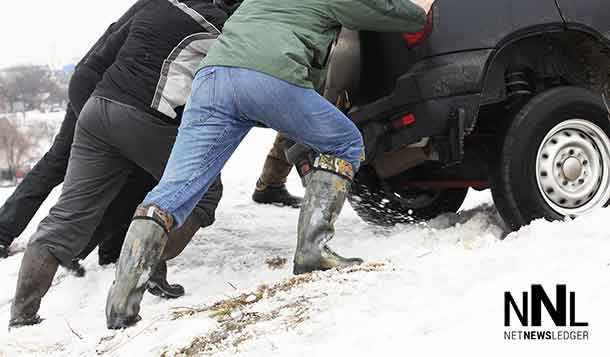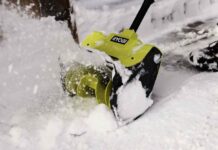Why Winter Vehicle Prep is Critical in Northwestern Ontario
THUNDER BAY – LIVING – While it is just past the first week of September, after the cool start and frost warning on Saturday, it has many thinking of winter.
Thunder Bay and the greater Northwestern Ontario region are known for harsh winters, which bring heavy snow, ice, and frigid temperatures. Failing to prepare your vehicle can lead to breakdowns, unsafe driving conditions, and even accidents.
A well-maintained car is crucial not only for your safety but also for extending the life of your vehicle. Winterizing your car ensures that it can handle extreme cold, icy roads, and snowstorms—common challenges in Northwestern Ontario.
Essential Winter Maintenance Checklist
Before the first snowstorm hits, there are key maintenance tasks you should prioritize:
- Inspect Brakes:
Have your brakes inspected to ensure they are fully functional. Icy roads make braking more difficult, so well-maintained brakes are crucial for winter safety. - Check Tire Pressure:
Cold temperatures cause air pressure in tires to drop, affecting performance and safety. Check tire pressure regularly to ensure it meets manufacturer specifications. - Inspect Lights:
With reduced visibility during snowstorms or shorter daylight hours, fully functional headlights, taillights, and turn signals are critical for safe driving. - Wiper Blades and Windshield Washer Fluid:
Ensure your windshield wipers are in top condition. Replace worn blades and fill up on winter-grade windshield washer fluid, which contains antifreeze to prevent it from freezing. - Clean Battery Terminals:
Cold temperatures can drain your battery faster. Clean off any corrosion from battery terminals and consider having your battery tested before winter starts.
Switching to Winter Tires: A Must for Safe Driving
Thunder Bay winters demand more than all-season tires. Winter tires are designed with a special rubber compound that remains flexible in freezing temperatures, offering superior grip and control on snow and ice. Here’s why switching to winter tires is essential:
- Improved Traction: Winter tires have deeper treads and biting edges that grip snow and ice better than standard tires.
- Shorter Stopping Distances: Studies show that cars with winter tires stop significantly faster on icy roads compared to those with all-season tires.
- Enhanced Control: Winter tires help prevent your vehicle from sliding in slick conditions, which is common on Thunder Bay’s icy roads.
Fluids and Battery Check: Winter Readiness
Ensuring your vehicle’s fluids are winter-ready is another critical step in preparing for cold weather. Here’s what to focus on:
- Antifreeze/Coolant:
Check that your vehicle has the right mixture of antifreeze and water. Antifreeze helps prevent your engine from freezing in sub-zero temperatures. - Oil Change:
Consider switching to a thinner, winter-grade oil that flows more easily in colder conditions. Check your owner’s manual for recommended oil types. - Battery Condition:
Cold weather drains batteries faster, so it’s important to have your battery tested before winter arrives. If your battery is more than three years old, it might be time to consider a replacement. - Transmission Fluid and Power Steering:
Ensure these fluids are topped up and in good condition to avoid performance issues during the colder months.
Emergency Supplies Every Vehicle Should Have
Northwestern Ontario’s unpredictable winter weather can leave drivers stranded, so it’s crucial to pack an emergency kit. Here’s what you should always have in your vehicle:
- Snow Brush and Ice Scraper: Essential for clearing your windows of snow and ice before hitting the road.
- Jumper Cables: Cold weather can drain your battery, and having jumper cables on hand can save you from being stranded.
- Blankets and Warm Clothing: In case of an emergency, having warm gear can make a significant difference if you’re stuck in the cold.
- Flashlight with Extra Batteries: Visibility issues or roadside emergencies may require a flashlight.
- Non-Perishable Snacks and Water: If you’re stuck for an extended period, having food and water will keep you comfortable.
- First-Aid Kit: An essential for minor injuries in case of an emergency.
- Tire Chains or Traction Mats: If your vehicle gets stuck in snow or ice, tire chains or mats can help you regain traction.







